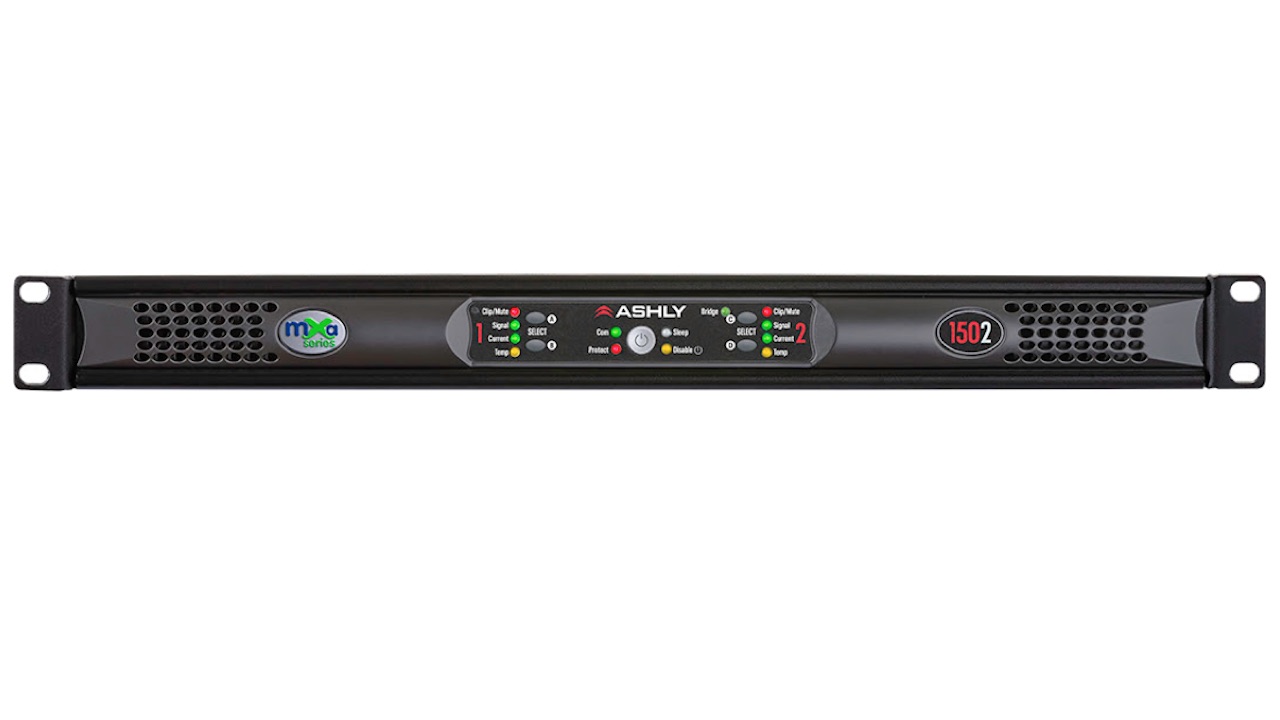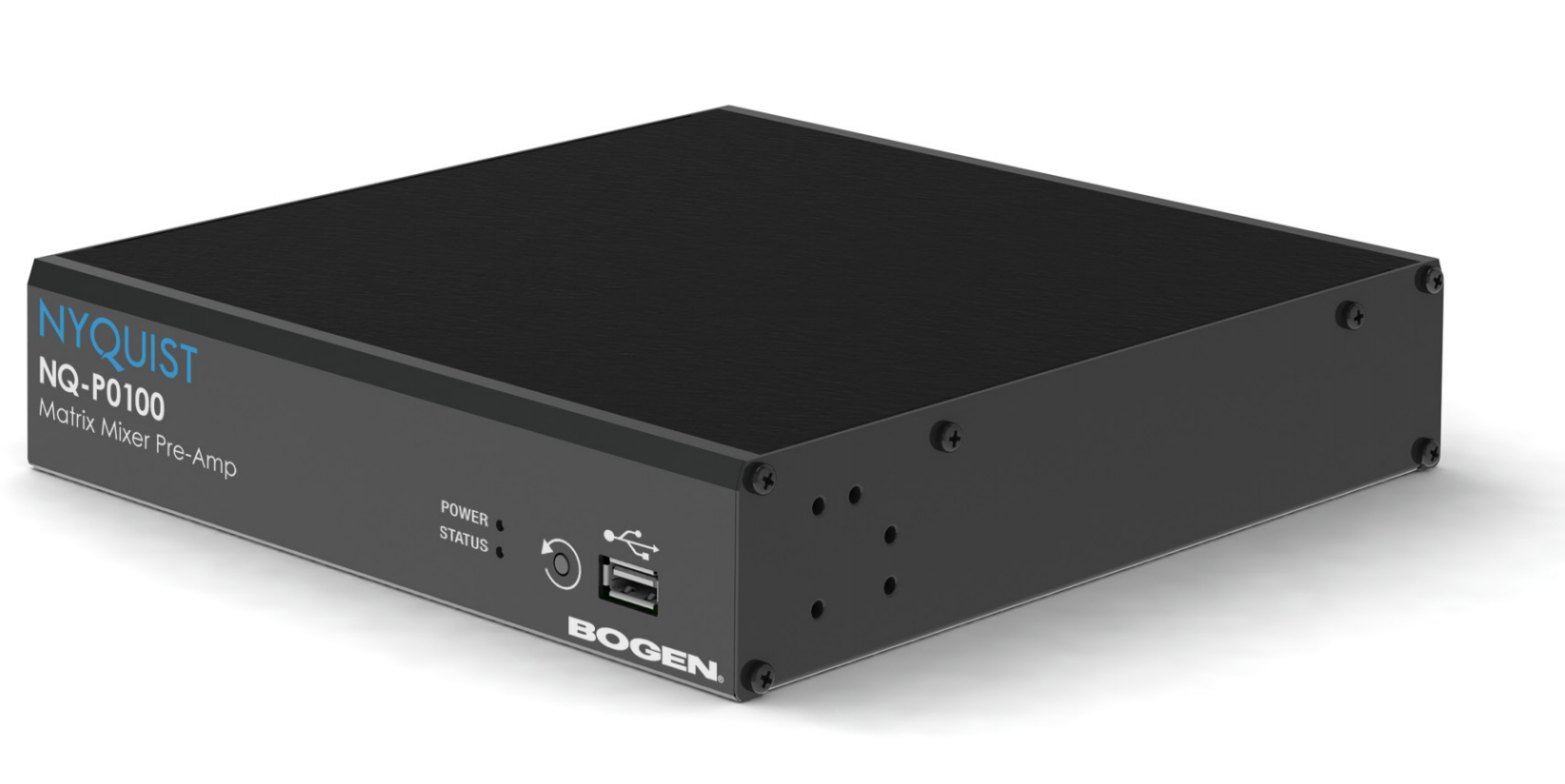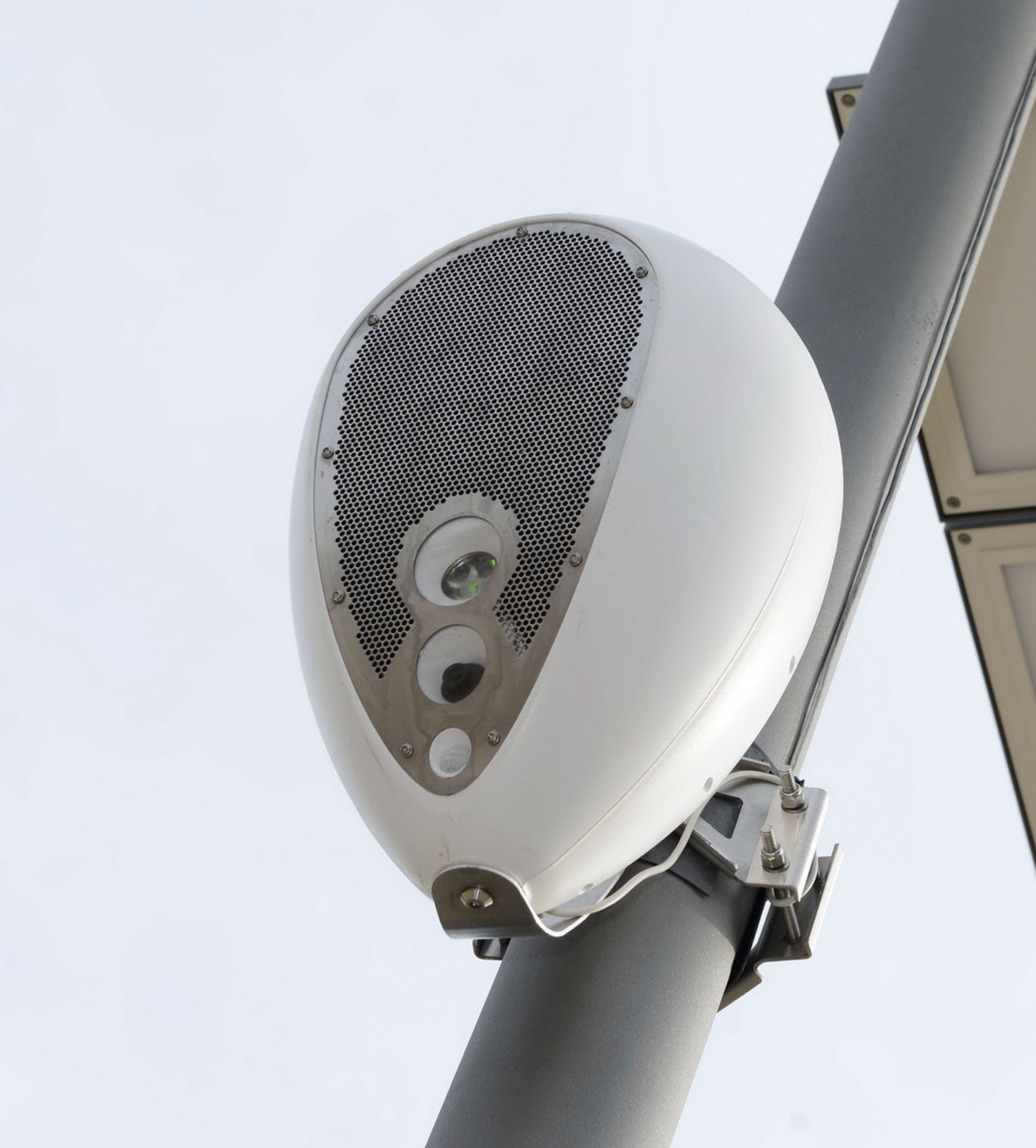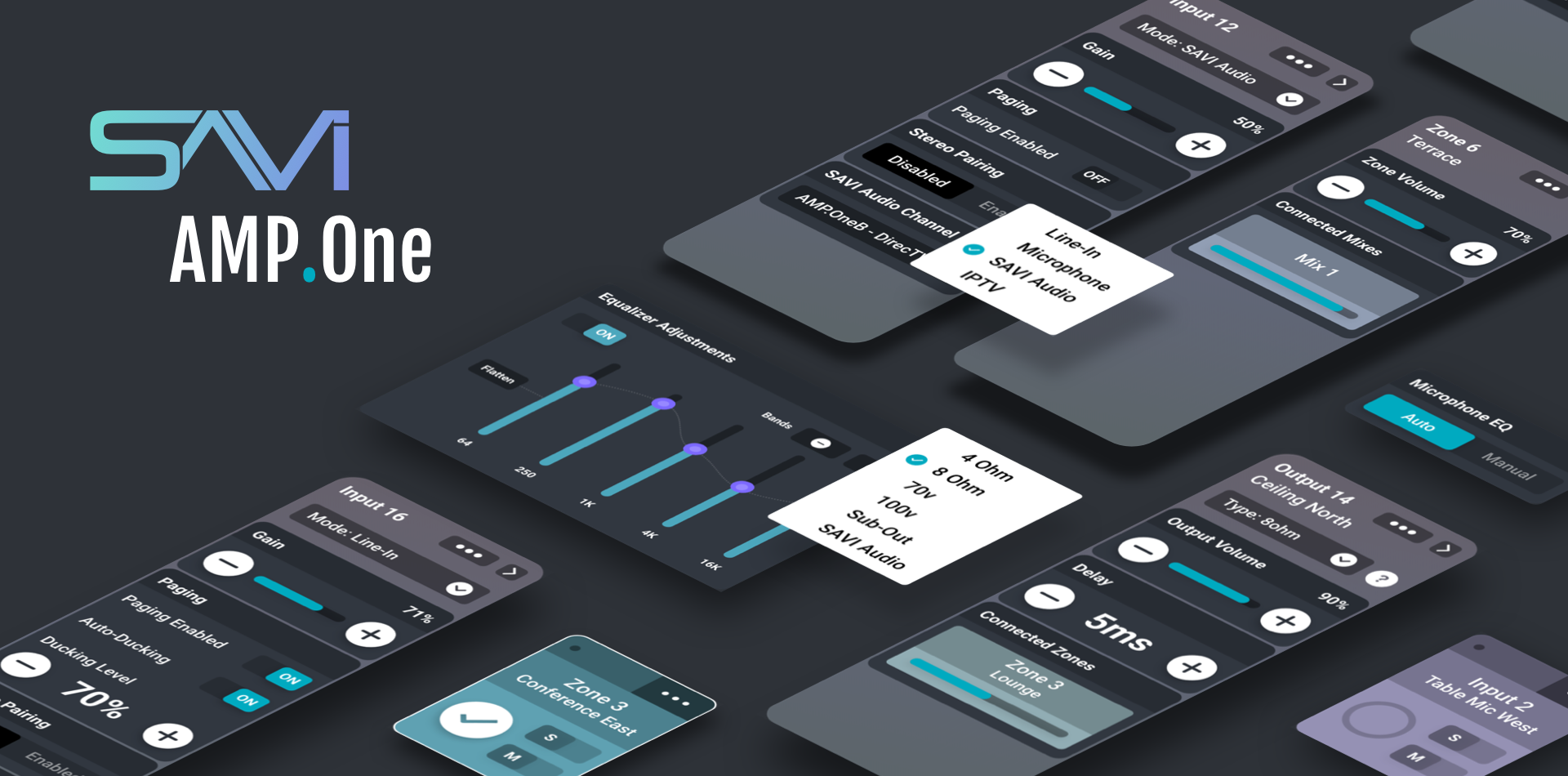Audio Processing and Amplifiers
It’s becoming more common for external EQ and mixers to be replaced by a versatile integrated amplifier with audio processing. We asked four industry experts from different companies to share the benefits of these simple yet robust amplifiers and describe some applications where they will make a difference.
Noel Larson, Vice President of Marketing and Business Development, Ashly Audio
The benefits of integrated products include needing less space to install, a faster installation overall, and a reduction of cabling. At Ashly, we look to also provide you with better control and easier-to-use software. For example, with our new AquaControl software and the mXa-1502 integrated mixer amp, you can connect remotely to the box and verify the system from your office. No need to roll a truck if the bartender erased a preset. Just fix it from your office.

The most significant benefit you will see in the investment of an integrated amp will be in remote view and diagnostic capabilities. The ability to sell service contracts with the installation delivers customer peace of mind, and a recurring revenue stream.
By implementing integrated solutions, you not only reduce the space, time, and cabling associated with an install, but you’re also lowering the barrier of entry for pro solutions.
[The Evolution of Ashly Audio]
At Ashly Audio, we can’t see any installation being less productive after installing integrated amplifiers. This is especially true as solutions of all sizes are now coming to market. The mXa-1502 brings this functionality to a whole new customer.
John Minnick, Vice President of Engineering, Bogen Communications
In most applications where the sound reinforcement requirements call for no more than four to six input channels, the audio can be easily mixed and properly equalized using an integrated amplifier.
A daily selection of the top stories for AV integrators, resellers and consultants. Sign up below.

Rack space and total solution cost are the top two benefits of an amplifier with built-in audio processing. In a smaller venue, rack space is always at a premium. Bogen’s portfolio of integrated public address mixer amplifiers covers the gamut of price points that fulfill a broad range of power output and audio processing requirements.
In every application, you will always achieve better sound reinforcement results if you have audio processing—at a minimum, you should have parametric equalization. Here at Bogen, we’re looking forward to launching our Platinum Series, which will be available in early Q4, which features a 5-band parametric equalizer in addition to a suite of Bogen’s traditional audio enhancements that fulfill the requirements of any legacy application.
Mark Meding, CEO of Magnum Power Security, Exclusive U.S. Distributor of Deva
The simplicity of operation is increasingly important to the end user community. With integrated amplification technology being so reliable, there will be fewer failure points in the audio chain when using external devices. Also, by using fewer components, you can use less space and minimize power consumption.

Integrators can consider amplifiers with built-in audio processing because the programming process is less cumbersome, and the user operation is typically easier. Further, having one unit with built-in processing means a slimmer form factor.
[Audio's Next Frontier: 3D Soundscapes]
The additional benefits I see are the integrated solution becoming a smarter device with processing capability becoming more robust and easier to use, and higher efficiency. For the end user, it means more efficient cabling and connections and lower power draw.
Integrated amplifiers will be the most useful in hospitality, including restaurants, bars, and hotels. Outdoor areas such as zoos, communal city spaces, and amusement parks where an integrated solution may be required are a great fit for Deva.
Paul Zielie, Product Development Lead, SAVI Controls
The primary benefits are the consolidation of multiple components into a single box, reducing the complexity and the cost of installation and maintenance.
The benefits depend on the processing available in the amplifier. In addition to the baseline DSP functions of EQ on the amplifier channels, more advanced functions increase the benefits.

Matrix mixing, where any input can be routed to one or more outputs, allows common program sources to be routed to multiple zones. Matrix mixing can also be used in paging, either through automated DSP features or external control.
Audio delays on sources can facilitate lip sync where video is being distributed as IPTV and the audio takes a non-IPTV path. An analog or audio-only signal will often lead an IPTV signal by up to hundreds of milliseconds.
Network audio inputs and outputs (Dante, AES67, etc.) allow the sharing of program and paging sources across multiple amplifiers, each installed near where they are needed.
[SCN Hall of Fame 2020: Paul Zielie]
The ability to subscribe to “regular” streaming media such as IPTV audio streams allows the integrator to support more potential sources without requiring an analog input for each source.
The ability to control and monitor the entire audio chain remotely will be the biggest long-term benefit of an integrated DSP/amplifier.
The advantage of integrated DSP grows with the number of amplifier channels. In retail and hospitality settings, the ability to route program material to multiple individual zones, each with their own amplifier(s), becomes much easier with an integrated DSP.

Cindy Davis is the brand and content director of AV Technology (AVT). She was a critical member of the AVT editorial team when the title won the “Best Media Brand” laurel in the 2018 SIIA Jesse H. Neal Awards. Davis moderates several monthly AV/IT roundtables and enjoys facilitating and engaging in deeper conversations about the complex topics shaping the ever-evolving AV/IT industry. She explores the ethos of collaboration, hybrid workplaces, experiential spaces, and artificial intelligence to share with readers. Previously, she developed the TechDecisions brand of content sites for EH Publishing, named one of the “10 Great Business Media Websites” by B2B Media Business magazine. For more than 25 years, Davis has developed and delivered multiplatform content for AV/IT B2B and consumer electronics B2C publications, associations, and companies. A lifelong New Englander, Davis makes time for coastal hikes with her husband, Gary, and their Vizsla rescue, Dixie, sailing on one of Gloucester’s great schooners and sampling local IPAs. Connect with her on LinkedIn.
